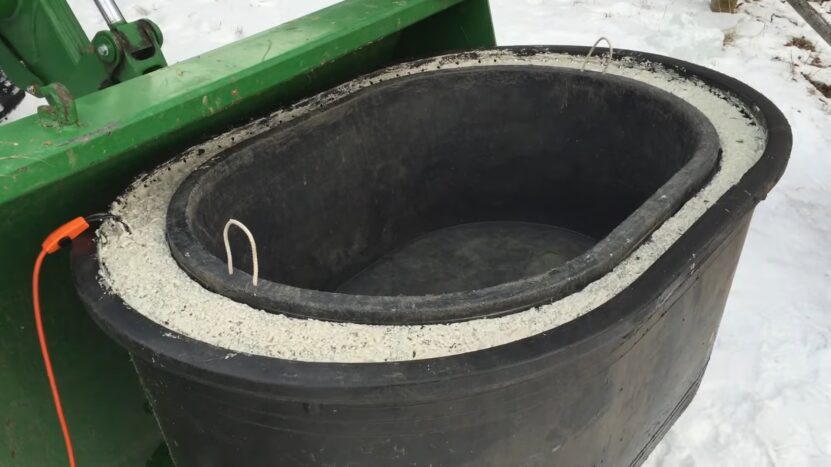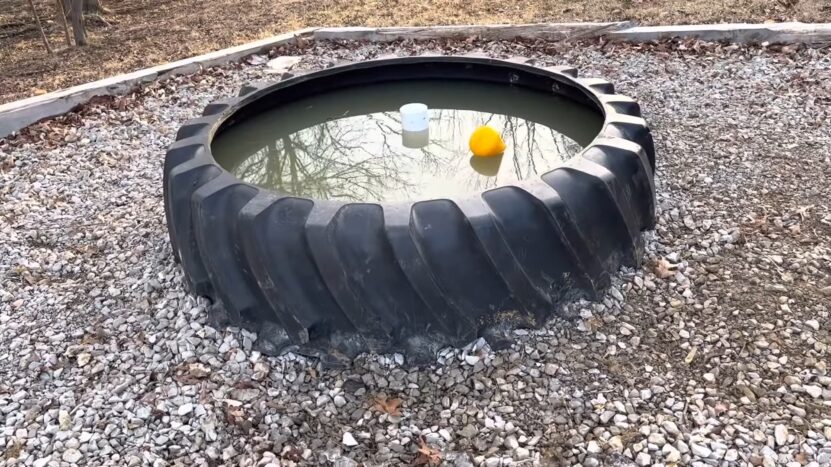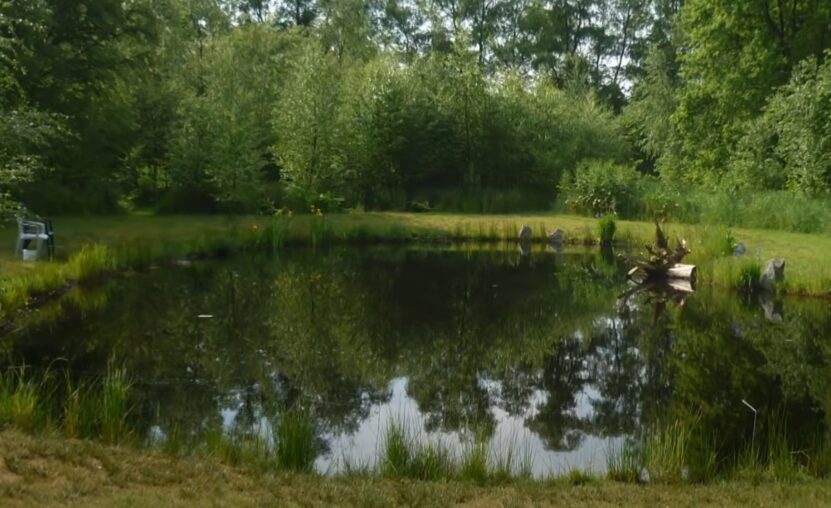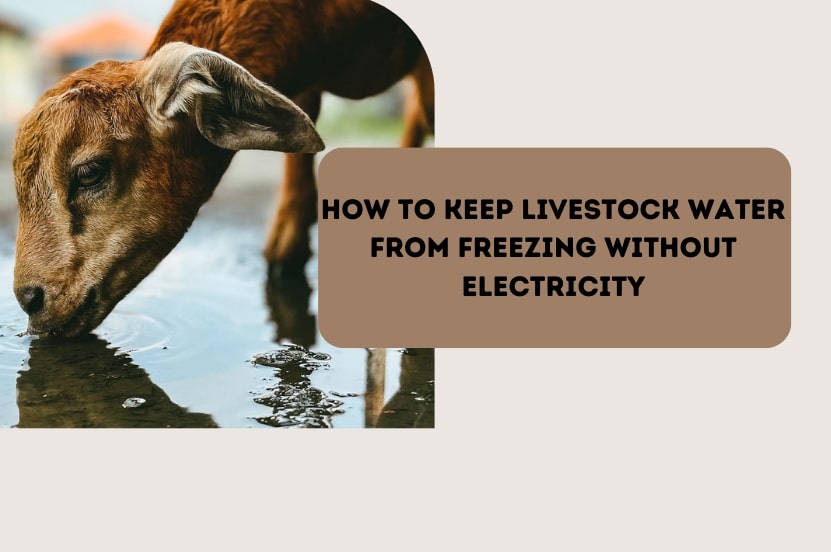Winter is a challenging time for many farmers and homesteaders. Ensuring that your livestock has access to fresh, unfrozen water is a daily struggle, especially if you’re operating in an off-grid scenario where electricity isn’t readily available. In this guide, we’ll explore practical and innovative solutions to this problem, providing methods and tactics that can help you keep your livestock’s water from freezing without needing any electricity.
Introduction to the Freezing Problem
Livestock needs fresh, unfrozen water daily to stay healthy and productive. However, in the cold winter months, this simple need can become a constant worry. As a general rule, if the temperature drops below 32°F (0°C), the water in your animals’ troughs, buckets, or automatic waterers can freeze. This freezing problem is exacerbated in off-grid scenarios or places where electrical solutions like heated water troughs or bucket heaters aren’t feasible.
Why Keeping Water Unfrozen Matters
Consistent hydration is paramount to the health of your livestock. For example, a dairy cow can drink up to 30 gallons of water a day, and even a single goat or sheep can consume up to 4 gallons. This consumption increases in the winter when animals are eating dry feed. Dehydration in livestock can lead to severe health problems such as decreased milk production, poor weight gain, and susceptibility to diseases.
1. Insulating the Water Troughs

The first method for keeping your livestock’s water from freezing is by insulating the water troughs. Insulation slows down the rate at which heat escapes, effectively keeping it warmer for longer. Here’s how you can do it:
- Choose a location for your trough that is exposed to direct sunlight for the maximum time during the day. Sunlight, even in winter, will naturally warm the water.
- Use a deep, narrow water trough rather than a wide, shallow one. The deeper the water, the harder it is for the trough to freeze.
- Surround the outside of the trough with an insulating material. You can use hay bales, foam insulation boards, or bubble wrap. It’s crucial to cover the bottom of the trough, as the cold ground can rapidly cool the water.
2. Using the “Ping Pong” Technique
An ingenious and straightforward technique is the ‘Ping Pong’ method. Floating several large, dark-colored, buoyant balls, such as ping pong balls, on the surface of the water can prevent freezing. The wind blows the balls around, creating enough water movement to deter ice formation. The dark color of the balls also absorbs sunlight, adding a bit of warmth to the water.
3. Designing a “Tire” Waterer

Building a “tire” waterer is an effective solution. It uses the thermal mass of a large tire filled with concrete or gravel to absorb and retain heat from the sun during the day, then slowly release it during the night.
Here’s a step-by-step guide to building it:
- Find a large tractor tire and fill it with concrete or gravel.
- Once the fill material is set, place a large, heavy-duty plastic or rubber tub into the center of the tire.
- Fill the tub with water. The thermal mass of the tire should keep the water from freezing.
- To further insulate the water, you can add a lid or cover it with a small access point for the animals.
4. Implementing a Ground Heat Exchanger
For those willing to put in a bit of extra work, a ground heat exchanger can be an excellent solution. This system uses the earth’s stable underground temperature to prevent the water in the trough from freezing.
A ground heat exchanger involves burying a large amount of coiled pipe beneath the frost line and running your water supply through this pipe before it enters the trough. As the water travels through the pipe, it absorbs heat from the ground, ensuring it is above freezing when it reaches the trough.
5. Using Natural Spring or Running Water

If you’re lucky enough to have a natural spring or a running water source on your property, you can use it to your advantage. Fast-flowing water will freeze much slower than stagnant one, and spring will usually be warmer than the air temperature in winter, keeping it unfrozen.
6. Opting for a Geothermal Waterer
Geothermal waterers are another effective option for keeping livestock water from freezing without electricity. They tap into the stable temperatures found just a few feet below the earth’s surface to keep the water in the trough warm. Here’s a basic guide to constructing a DIY geothermal waterer:
- Dig a hole about four feet deep and wide enough to fit your water trough.
- Place your water trough in the hole and connect a PVC pipe from the bottom of the trough to a few feet below the frost line.
- Fill the hole around the trough with soil and sand, packing it tightly to ensure good thermal contact. The geothermal heat from the ground will keep the water in the trough from freezing.
- As with the tire waterer, consider adding a lid or cover with a small access point for the animals.
7. Employing a Passive Solar Water Heater
A passive solar water heater uses sunlight to heat water without the need for pumps or controllers. You can build a simple passive solar heater using a black, food-grade 55-gallon drum and an insulated box.
- Build an insulated box from plywood and rigid foam insulation. Make sure it’s big enough to accommodate your 55-gallon drum.
- Paint the drum black to absorb the maximum amount of sunlight and place it inside the box.
- Connect a hose from the drum to your water trough, and add a valve to control the flow.
- Fill the drum with water, and as the sun heats the drum during the day, the water inside will warm up.
- The insulated box will retain some of this heat during the night, preventing the water from freezing.
8. Moving Water Around
Lastly, one of the simplest ways to prevent water from freezing is to keep it moving. While this method may require some physical effort, it is extremely effective. A few times a day, stir the water in the trough with a stick or paddle. The movement will make it harder for ice to form. Additionally, animals drinking from the trough regularly will also help keep the water circulating.
Wrapping Up
No matter where you’re located or the resources at your disposal, there’s likely a solution to prevent your livestock’s water from freezing without electricity. It might require some elbow grease, experimentation, and adaptation, but in the end, the health and well-being of your animals make it all worthwhile.
Remember, innovation is the key to success in off-grid farming. The methods highlighted in this article should inspire you to think outside the box and develop unique solutions tailored to your unique circumstances. With careful planning and a bit of creativity, you can make winter a less challenging season for your farm.

